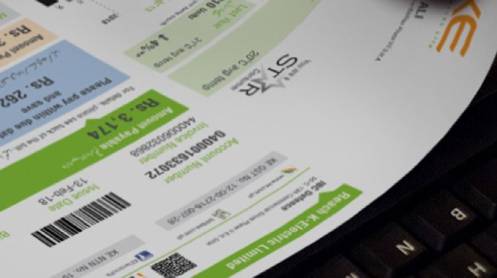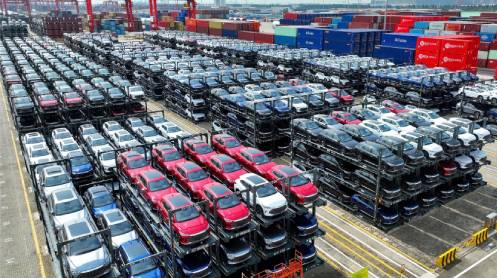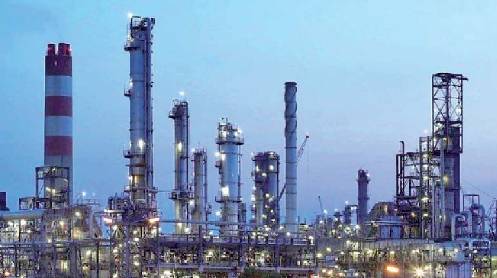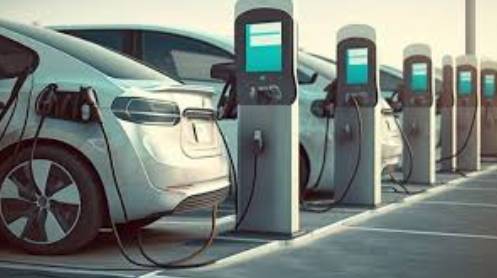ISLAMABAD: In the wake of escalating monster of circular debt and keeping the cash-bleeding power sector afloat, the Ministry of Power has sent out an SOS to the government and requested approval of a whopping subsidy amount of Rs319 billion for K-E and Government Owned Power Plants (GPPs).
The Economic Coordination Committee (ECC) of the Cabinet is all set to consider two important summaries prepared by the Power Division in its scheduled meeting going to be held today (Wednesday).
Official sources said the Ministry of Power sought approval for clearance to past liabilities amounting to Rs444.5 billion in respect of Government Owned Power Plants (GPPs) in the last financial year. A supplementary grant for release of Rs182.465 billion for onward payment to the Pakistan Atomic Energy Commission (Paec), Water & Power Development Authority (Wapda) and National Power Parks Management Company (NPPMCL), as per payment mechanism already approved for IPPs, was accordingly approved and subsequently released in FY22-23.
For remaining payments of Rs262.075 billion to Wapda and other GPPs, it was proposed that an exercise may be carried out for cash and non-cash settlement. In CFY2023-24, Rs262 billion have been allocated and it has been agreed that out of Rs262.075 billion, an amount of Rs131.035 billion may be released in the 2nd Quarter and the remaining amount of Rs131.040 billion may be released in the 3rd Quarter of CFY2023-24.
In view of the above, approval of Technical Supplementary Grant of Rs262.075 billion was requested to be made as for second quarter payment of Rs131.035 billion to Government Owned Power Plants GPPs, i.e. Rs26.782 billion to Genco-11; Rs2.965 billion to Genco-111; Rs83.638 billion to Wapda; Rs16.015 billion to Quaid-e-Azam Thermal Power (RLNG) and Rs1.635 billion to Quaid-e-Azam Solar Power. For 3rd quarter, payment of Rs131.040 billion to Government Owned Power Plants GPPs i.e. Rs26.787 billion to Genco-11; Rs2.965 billion to Genco-111, Rs83.638 billion to Wapda; Rs16.015 billion to Quaid-e-Azam Thermal Power (RLNG) and Rs1.635 billion to Quaid-e-Azam Solar Power.
In another request, an official said the government is continuously working towards resolution of multifarious challenges surrounding the power sector of Pakistan. One such major challenge is that of circular debt which stood at Rs2,310 billion at the end of FY-2023. Payables to power producers have reached Rs1,750 billion as on 31. October 2023, which is alarming and IPPs are pressing hard to maintain their debt repayments and fuel supply chain. Therefore, immediate injections of cash flows are required to manage the liquidity needs of the power sector.
Payments to power producers are to be made on due dates, otherwise it shall increasingly constrain the availability of electricity, causing slowdown of economic growth in the country. Further, since payments to the power producers have been secured by sovereign guarantee issued by the Government of Pakistan, the power producers shall start calling upon sovereign guarantees along with the imposition of late payment surcharge. It is also important to highlight that the major portion of power sector subsidies is released in the last quarter that has severe financial implications on the power sector.
If these subsidies are released as per earlier chimed with the power sector, it will not only help reduce the burden of financial costs but also help meet the circular debt flow targets agreed with the IFIs.
For CFY2023-24, a budgetary allocation amounting to Rs127 billion has been made for K-Electric tariff differential subsidy arrears. It is imperative that Rs57 billion may immediately be released to CPPA-G as advance subsidy to ensure liquidity of the power sector, for which the adjustment shall be submitted subsequently.
Keeping in view the above, the ECC is requested to approve the Technical Supplementary Grant (TSG) of Rs57 billion as advance subsidy under the head of K-Electric to be released immediately in order to meet operational requirements of the power sector.







